Hardfacing welding is a specialized process used to enhance the surface properties of metal components by applying a layer of wear-resistant material to the base metal. Also known as hard surfacing, this technique helps extend the service life of parts exposed to abrasion, impact, heat, or corrosion.
Rather than replacing worn-out parts, hardfacing allows for their restoration or reinforcement, making it a highly cost-effective solution in industries like mining, agriculture, construction, and manufacturing. Common base materials include steel and cast iron, while the hardfacing layer may consist of alloys rich in carbides, tungsten, chromium, or cobalt, depending on the application.
Hardfacing Welding Process
The hardfacing process involves depositing a wear-resistant material onto a metal surface using various welding methods. Here’s how it typically works:
1. Surface Preparation
The base metal must be cleaned thoroughly to remove rust, oil, or old coatings. In some cases, the surface may also be roughened to promote better bonding.
2. Selection of Welding Method
Several welding techniques can be used for hardfacing, including:
- Shielded Metal Arc Welding (SMAW)
- Gas Metal Arc Welding (GMAW / MIG)
- Flux-Cored Arc Welding (FCAW)
- Plasma Transferred Arc (PTA) Welding
- Oxy-Acetylene Welding
The choice of method depends on the component size, material type, desired hardness, and field or shop conditions.
3. Application of Hardfacing Layer
The hardfacing alloy—usually in the form of wire, rod, or powder—is deposited onto the base metal in one or more layers. The layer thickness can range from a few millimeters to several centimeters, depending on the wear resistance needed.
4. Cooling and Finishing
After the weld is applied, the component is allowed to cool, and in some cases, it may be machined or ground to achieve the desired finish and tolerances.
Advantages of Hardfacing Welding
Hardfacing welding delivers a wide range of benefits, especially for industries where wear and tear are ongoing challenges:
1. Extended Component Life
Hardfacing dramatically improves the durability of tools and equipment by protecting against wear, abrasion, erosion, and impact. This reduces the frequency of replacement and downtime.
2. Cost Savings
Repairing and reinforcing existing components with hardfacing is often much cheaper than purchasing new parts, particularly for large or custom-fabricated items.
3. Enhanced Performance
The added wear-resistant layer can improve a component’s performance in harsh operating conditions, such as in mining drills, agricultural blades, or excavator buckets.
4. Customizable Wear Resistance
Different hardfacing alloys can be chosen based on the type of wear a component faces—whether it’s metal-on-metal abrasion, high-temperature oxidation, or chemical corrosion.
5. Reduced Inventory Needs
By hardfacing and refurbishing worn components, companies can maintain fewer spare parts in inventory, helping reduce storage costs and complexity.
6. Environmental Benefits
Hardfacing promotes sustainable practices by reducing material waste and the need for new resources. It also lowers the carbon footprint associated with manufacturing and shipping replacement parts.
Final Thoughts
Hardfacing welding is a smart, practical technique for industries that demand long-lasting, wear-resistant components. Whether you’re looking to restore worn-out parts or enhance the durability of new ones, hardfacing offers a reliable and economical solution. With the right materials and welding process, businesses can maximize productivity, reduce downtime, and cut maintenance costs—all while getting the most out of their equipment.

